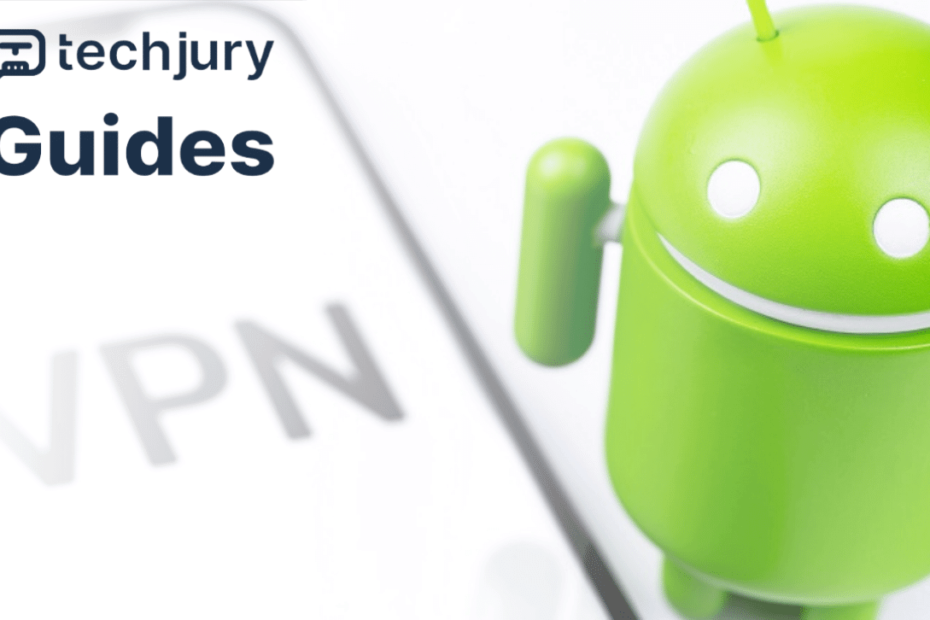In our hyper-connected digital landscape, mobile network security has transformed from a luxury to an absolute necessity. As a data analysis specialist who has spent years exploring the intricate world of network technologies, I‘ve witnessed firsthand the remarkable evolution of virtual private networks (VPNs) and their critical role in protecting digital privacy.
Imagine you‘re traveling, working from a bustling coffee shop in Tokyo or a remote co-working space in Berlin. Your smartphone becomes more than a communication device—it‘s a powerful network hub capable of extending secure internet access across multiple devices. But how exactly can you leverage your Android phone to share a VPN connection safely and efficiently? This comprehensive guide will walk you through every nuanced aspect of VPN sharing, blending technical expertise with practical insights.
The Historical Context of Mobile VPN Technologies
The journey of VPN technologies is a fascinating narrative of continuous innovation. When mobile networks first emerged in the late 1990s, the concept of secure, encrypted communication seemed like a distant dream. Early cellular networks were vulnerable, with minimal protection against potential intrusions.
The breakthrough came with the widespread adoption of 3G and subsequently 4G networks. These technological leaps created an environment where secure, mobile-based network sharing became not just possible, but increasingly essential. Android, as an open-source platform, played a pivotal role in this transformation, providing developers and users unprecedented flexibility in network configuration.
Technical Evolution of Mobile Network Security
Mobile VPN technologies didn‘t emerge overnight. They represent a complex ecosystem of protocols, encryption methods, and network architectures that have been refined over decades. The progression from basic point-to-point tunneling protocols to sophisticated, multi-layered encryption represents a remarkable technological journey.
Understanding VPN Sharing Mechanisms on Android
At its core, VPN sharing on Android involves creating a secure, encrypted network tunnel that can be extended to multiple devices. This process is far more complex than simply turning on a hotspot. It requires intricate network routing, careful encryption management, and robust security protocols.
The Technical Architecture of VPN Sharing
When you share a VPN connection via your Android device, several critical processes occur simultaneously:
Encryption Initialization: Your primary device establishes an encrypted connection with the VPN server, creating a secure communication channel.
Network Address Translation (NAT): The device performs complex routing operations, redirecting internet traffic through the encrypted tunnel while managing IP address assignments.
Packet Encapsulation: Each data packet is wrapped in an additional layer of encryption, ensuring that information remains protected during transmission.
Practical Implementation Strategies
Rooted vs. Non-Rooted Device Approaches
While rooting an Android device offers maximum configuration flexibility, it also introduces significant security risks. Most users should consider alternative methods that don‘t compromise their device‘s inherent security mechanisms.
Proxy-Based VPN Sharing
Applications like Every Proxy provide a safer alternative to rooting. These tools allow users to establish a proxy server directly on their Android device, creating a secure bridge for network sharing.
Implementation Steps:
- Install a reputable proxy application
- Configure VPN settings on the primary device
- Establish a secure hotspot connection
- Configure secondary device proxy settings
Security Considerations in VPN Sharing
Security isn‘t just a technical requirement—it‘s a critical philosophy in network management. When sharing a VPN connection, you‘re essentially creating a bridge between multiple network endpoints, each representing a potential vulnerability.
Risk Mitigation Strategies
Effective VPN sharing demands a multi-layered security approach:
- Encryption Strength: Utilize VPN services offering AES-256 encryption
- Regular Updates: Maintain current firmware and application versions
- Traffic Monitoring: Implement robust logging and anomaly detection mechanisms
Market Dynamics and Technology Trends
The global VPN market represents a fascinating intersection of technology, privacy, and economic opportunity. Current projections suggest the market will reach approximately [75.59 billion USD] by 2024, with mobile VPN usage growing at an impressive 22.4% annually.
Regional Variations in VPN Adoption
Interestingly, VPN adoption rates vary significantly across different geographical regions:
- North America: Highest enterprise VPN implementation
- Asia-Pacific: Fastest consumer VPN growth
- Europe: Strong privacy regulation driving technological innovation
Future Technology Outlook
Emerging technologies are rapidly reshaping the VPN landscape. Blockchain-based decentralized VPNs, artificial intelligence-driven network optimization, and quantum encryption protocols represent the next frontier of secure communication.
Technological Predictions
By 2026, we anticipate:
- More seamless, device-agnostic VPN sharing
- Enhanced machine learning-powered security protocols
- Greater integration with edge computing infrastructure
Conclusion: Empowering Your Digital Privacy
VPN sharing on Android is more than a technical capability—it‘s a strategic approach to maintaining digital privacy in an increasingly complex technological ecosystem. By understanding the underlying mechanisms, staying informed about emerging technologies, and adopting a proactive security mindset, you can transform your mobile device into a powerful, secure network hub.
Key Recommendations
- Invest in comprehensive, reputable VPN services
- Prioritize security over convenience
- Stay continuously educated about technological developments
- Implement multi-layered security strategies
Remember, in the world of network security, knowledge isn‘t just power—it‘s protection.
Disclaimer: Network configurations are complex and unique. Always consult professional technical support for personalized guidance tailored to your specific requirements.
